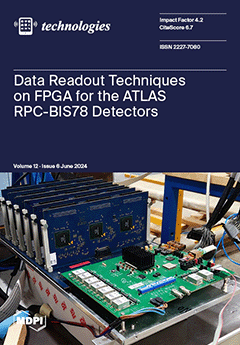Internet of Things (IoT) devices often operate with limited resources while interacting with users and their environment, generating a wealth of data. Machine learning models interpret such sensor data, enabling accurate predictions and informed decisions. However, the sheer volume of data from billions
[...] Read more.
Internet of Things (IoT) devices often operate with limited resources while interacting with users and their environment, generating a wealth of data. Machine learning models interpret such sensor data, enabling accurate predictions and informed decisions. However, the sheer volume of data from billions of devices can overwhelm networks, making traditional cloud data processing inefficient for IoT applications. This paper presents a comprehensive survey of recent advances in models, architectures, hardware, and design requirements for deploying machine learning on low-resource devices at the edge and in cloud networks. Prominent IoT devices tailored to integrate edge intelligence include Raspberry Pi, NVIDIA’s Jetson, Arduino Nano 33 BLE Sense, STM32 Microcontrollers, SparkFun Edge, Google Coral Dev Board, and Beaglebone AI. These devices are boosted with custom AI frameworks, such as TensorFlow Lite, OpenEI, Core ML, Caffe2, and MXNet, to empower ML and DL tasks (e.g., object detection and gesture recognition). Both traditional machine learning (e.g., random forest, logistic regression) and deep learning methods (e.g., ResNet-50, YOLOv4, LSTM) are deployed on devices, distributed edge, and distributed cloud computing. Moreover, we analyzed 1000 recent publications on “ML in IoT” from IEEE Xplore using support vector machine, random forest, and decision tree classifiers to identify emerging topics and application domains. Hot topics included big data, cloud, edge, multimedia, security, privacy, QoS, and activity recognition, while critical domains included industry, healthcare, agriculture, transportation, smart homes and cities, and assisted living. The major challenges hindering the implementation of edge machine learning include encrypting sensitive user data for security and privacy on edge devices, efficiently managing resources of edge nodes through distributed learning architectures, and balancing the energy limitations of edge devices and the energy demands of machine learning.
Full article





